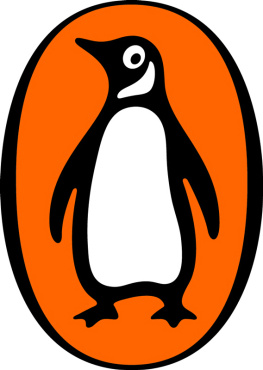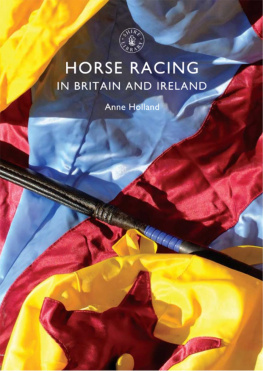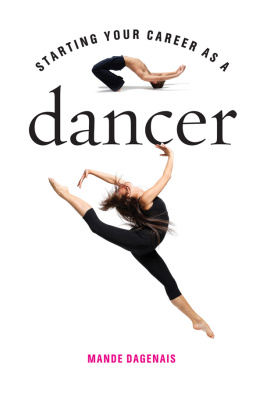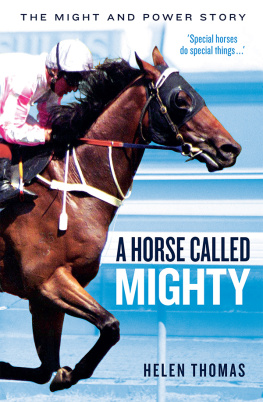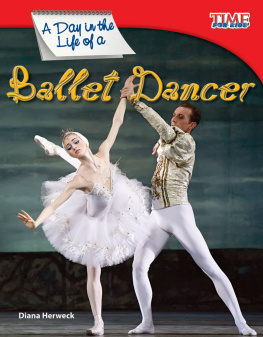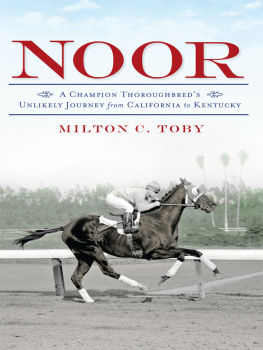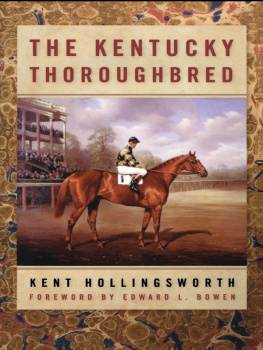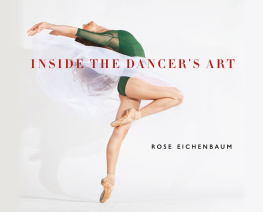

For Holly, my Kentucky-bred gal
A racehorse is an animal that can take several thousand people for a ride at the same time.
SOURCE UNKNOWN
C ontents

I ntroduction

O n June 12, 1964, the most famous animal in the world returned home, a national hero. The bay-colored colt with three white socks had left Canada several months before, the hope of a nation of underdogs.
His stateside mission: to win the 1964 Kentucky Derby. There were 13,737 thoroughbreds in North America who had been given the same goal, and Northern Dancer had been nobodys favorite to run to immortality. Although the best bloodlines coursed through him, the same could be said about most also-rans. And this horse had no shortage of strikes against him. He routinely injured himself, delaying his development. He was so short that he looked like a pony beside some of the horses he ran against. And while he was gameno one denied thathe ran like a sprinter, bolting from the gate and lagging at the end of races. The longer the race, the more he struggled. Worst of all, he came from a place where no great horse had ever been born: Oshawa. Ontario. Canada.
Even there, far from Kentucky, where most of the continents most prized horses are bred, bought, and sold, an owner couldnt be found for him. His breeder, the notorious industrialist Edward Plunket Taylor, took Northern Dancer to auction, then led him back to his own stable when none of the moneyed horse-buyers and grizzled trainers in attendance thought enough of him to place an offer.
Still, Northern Dancer could run. No one thought he was the best of his nearly fourteen thousand rivals for a place in history. But he rarely lost. Somehow, he kept finding a way to win races (even as his critics sought new reasons to discount each successive victory). He earned back the investment that Taylor had placed in him.
For owners, every racehorse is a bet. The plutocrats and tycoons who own top thoroughbreds buy them as scrawny yearlings, and then burn through their checkbooks paying to house and train them. When its time to race, the owners of the most promising runners then must pay nomination fees to keep their hopefuls eligible for the Derby. Taylors wager on Northern Dancer paid off.
As the number of horses vying for the worlds premier horse race thinned out by January of that year, the Dancer could still be counted among them. More nomination rounds followed over the winter, with escalating fees, and many optimistic owners became realists about their three-year-old horses deficits of ability and willpower. From the remaining ranks, only the top twenty money-earners got to run for the roses.
Against such steep odds, Canadas most beloved colt made it to Louisville on the first Saturday of May, half a century ago. All of those obstacles, and all of that ridicule, made Northern Dancers run for the American Triple Crown of racingthe Kentucky Derby, the Preakness Stakes, and the Belmont Stakeseven more remarkable.
Fifty years later, his accomplishments inspire dumbfounding incredulity. About that era, we remember the Beatles and the Kennedy assassination, but little else. Northern Dancer raced in an age when racehorses could be television stars and jockeys appeared on the covers of national magazines. Ones local racing plant (as racetracks were often called then) was the only place in town to make a legal wager, and fans came in droves. More Canadians cranked through the turnstiles of racetracks than filled professional hockey rinks and football stadiums. Races were broadcast nationally. Watercooler conversations could revolve around ones opinion on a horses personality, or how he was training. Like smoking or ironing ones bedsheets, holding an opinion on the horses was something people once did.
It was also a time before the maple leaf appeared on Canadas flag, before O Canada became the official national anthem. Canadians then were accustomed to coming in second. They were more resigned to being smaller than the other guy, to leading quieter, less dazzling lives than their southern counterparts. But that began to change with Northern Dancer. From him, we knew that the best Canadian could beat the best Americans.
By dint of his resolve and power, the stocky colt compelled an entire country to fall in love with him. Canadians projected themselves onto a horse who refused to accept the slights leveled against him. They claimed his victories as their own. In his blazing strides, some began to see their own countrys potential greatness, an entity unhitched from its historical and economic ties.
When the Dancers red van rolled triumphantly into Toronto in the summer of 1964, the country was different from what it had been when the horse had left. And the horse had changed too. The little Canadian underdog now traveled on the same plane of excellence and fame as Muhammad Ali. Later that year, he would eclipse even Gordie Howe, taking Canadas Athlete of the Year award in addition to all the other trophies he accumulated. Hed shattered preconceived notions, and people loved him for it. Fan mail poured in. Billboards welcomed him home. He was given the key to the city of Toronto.
The little colt stepped out of the van, and everyone recognized his face from their morning papers and their televisions, distinguished by the white blaze that hooked over his left nostril. As the flashbulbs popped, they took in the little horse who had loomed as large as a B-52 in their imaginations. Even the horses wealthy owner saw himself merely as the custodian of a national treasure and let the horse claim the limelight. The Dancer was back in Canada for a command performance at the Queens Plate. No one knew it would be his last race.
Besotted with the horse as they were then, Canadians could not have realized what an impact Northern Dancer would ultimately make on his sport. Once he left the track, he would become the greatest sire of his breed. His influence is still felt two decades after his death. In 2009, he was in the bloodline of the three horses that each won a leg of the Triple Crown that their ancestor had pursued forty-five years earlier. At the 2011 Queens Plate, Canadas most lucrative race, in the year Northern Dancer would have turned fifty, sixteen out of the seventeen entrants were his grandchildren. That same year, in the Kentucky Derby, eighteen out of the nineteen horses that entered the race were his descendants. About three-quarters of the thoroughbreds alive today, including the forty thousand foals born every year, carry Northern Dancer in their bloodline.
But before Northern Dancer could leave his mark on his breed, he first had to stamp his hoofprint in the imaginations of a country. There was nothing inevitable about his exhilarating career. In fact, it might never have happened at all. If not for a Canadian tycoon who was as reviled as he was admired, a dashing Argentine who bedded movie stars, and a surly coal miners son who battled with the press, the face of thoroughbred racing would be vastly different today. And Canada would be without one of its most thrilling stories.
Its a tale of persistence, good fortune, and vision. Its the story of a horse whose blue blood has filled an ocean.
A N OWNER, a TRAINER, and a LITTLE HORSE
E.P. TAYLOR, CREATOR
I n public, Edward Plunket Taylor was instantly recognizable. The tall and prosperously padded sixty-three-year-old often appeared in press reports about his many business ventures. In the
Next page
